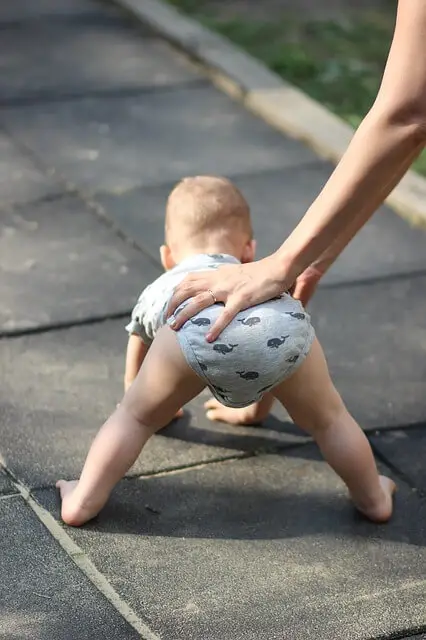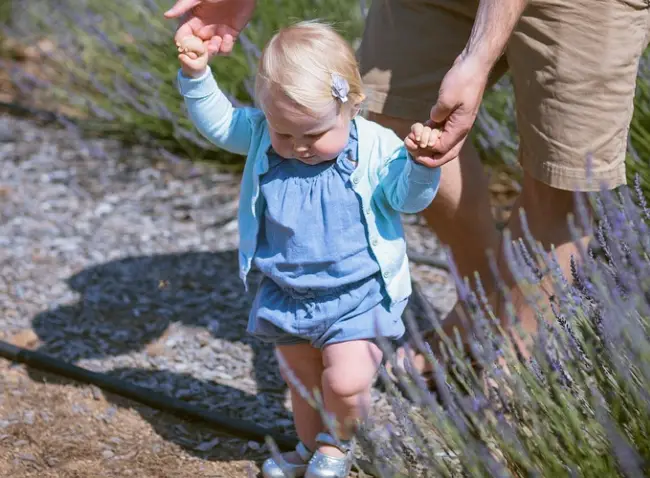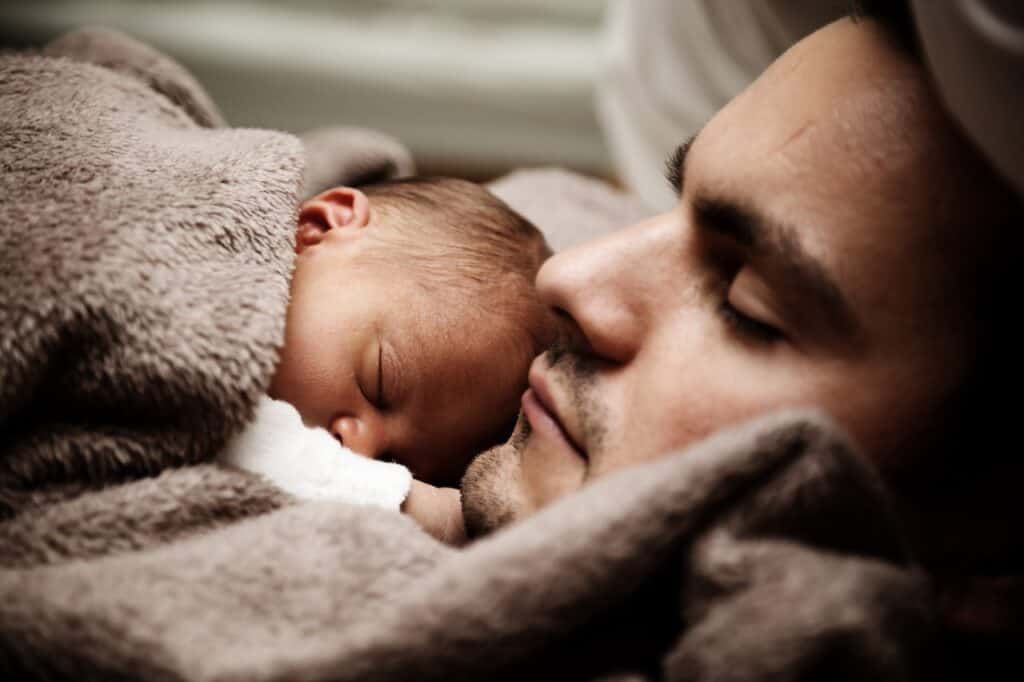Some say learning how to walk comes naturally. It’s true but you have to be there for your toddler to be able to learn how to do it. They learn through observing and it is due to this they can’t do it perfectly. Knowing how to help a baby walk independently does magic. This is because you will be able to know exactly what, how, and when to do something.
Growing up is a process. Right from screaming, to sitting alone, crawling, and then walking. Seeing a toddler take that first step comes with joy. When a child reaches 1 year and still can’t walk, some parents get concerned. Babies start walking between 9 months and 18 months. This is after they have crawled for like 5 months. If your baby can’t walk after 2 years, or if he or she is walking but not steady, take the baby to a pediatrician. The signs of walking start at 8 months, and if a child cannot walk after another 12 months, you should be concerned.

Although these milestones occur naturally, without much assistance, helping a baby walk might be fun. It might even help him learn how to do it at an early age hence preparing him for an exciting adventure at an early age.
Here is how to help a baby walk independently
1. Holding them
Hold your baby around their rib cage (higher their waist back). Support your child to get more stability and upright posture. This will improve muscles.
You can also hold their fingers over them to enable toe-walking and provide a forward support base.
2. Have tools to support walking
Not all time you will be available to hold your baby. Getting walking support tools such as baby walkers, might be helpful in helping a baby to walk independently.
By using these tools, you will be aiming at assisting your baby to stand upright hence strengthening his legs.
3. Encouragement and motivation
Children love encouragement. Congratulating them and giving them a peck. Sitting down and calling your child to come towards you is a way to encourage them. Motivating a child to walk makes him confident and he tries to perfect it with every simple trial step. Even if the baby falls, congratulate him or her.
4. Eliminate shoes
Babies will walk with more stability if they are barefooted. They have a better balance and grip of the surface if they are on their barefoot. So, remove those shoes and let them walk barefooted. This will help them in better relying on their senses to walk.
5. Get rid of bulky clothes
Bulky clothing increases the weight of a baby. This will make it difficult for him or her to walk. If the baby is indoors and the environment is favorable, have your baby in light clothing. It can even be diapers only.

6. Give space
Provide your baby with enough walking floor and time as well. Ensure that the floor is not cold and there are no things that can harm or injure the child.
7. Provide push toys
Push toys assist in building leg, arms, and trunk muscles. These toys assist in encouraging a baby to walk as they provide guidance and support for a toddler. It’s advisable to introduce push to a child when he or she is between 6 and 24 months.
8. Introduce other walking children (role model)
This provokes babies to walk. Introducing a baby to other walking babies of the same age encourages them to walk as they become role models. This motivates them to stand up and talk that first step.
9. Provide comfy shoes
If you are taking your baby outdoors, provide them with comfy shoes. Such shoes won’t hurt them as they are flexible and light. Squeaking shoes can also be provided since the variety of sounds will encourage a baby to take more steps.
10. Let him cruise
Cruising helps a lot in helping a baby walk independently. Provide furniture and other structures that a baby can hold while walking. Since the baby will be pushing most of their weight on the furniture (cruising surface) ensure it is sturdy (firm).
Conclusion
The first steps of a baby come with joy to a parent, just like the first words. A child will know how to walk independently through repetition. Although walking kicks in naturally, helping a child is necessary at times and won’t hurt at all. If your child cannot walk is has reached 3 years, seek professional support and guidance from a child development professional or pediatrician. Be patient and don’t pressure your child since it’s a process and be alert for signs of strict parenting.







